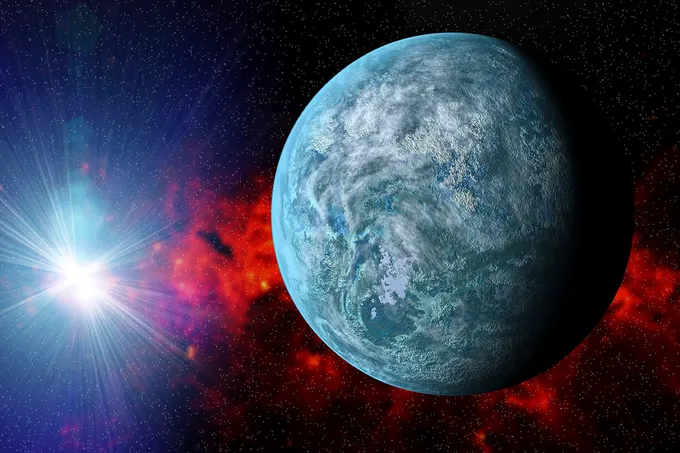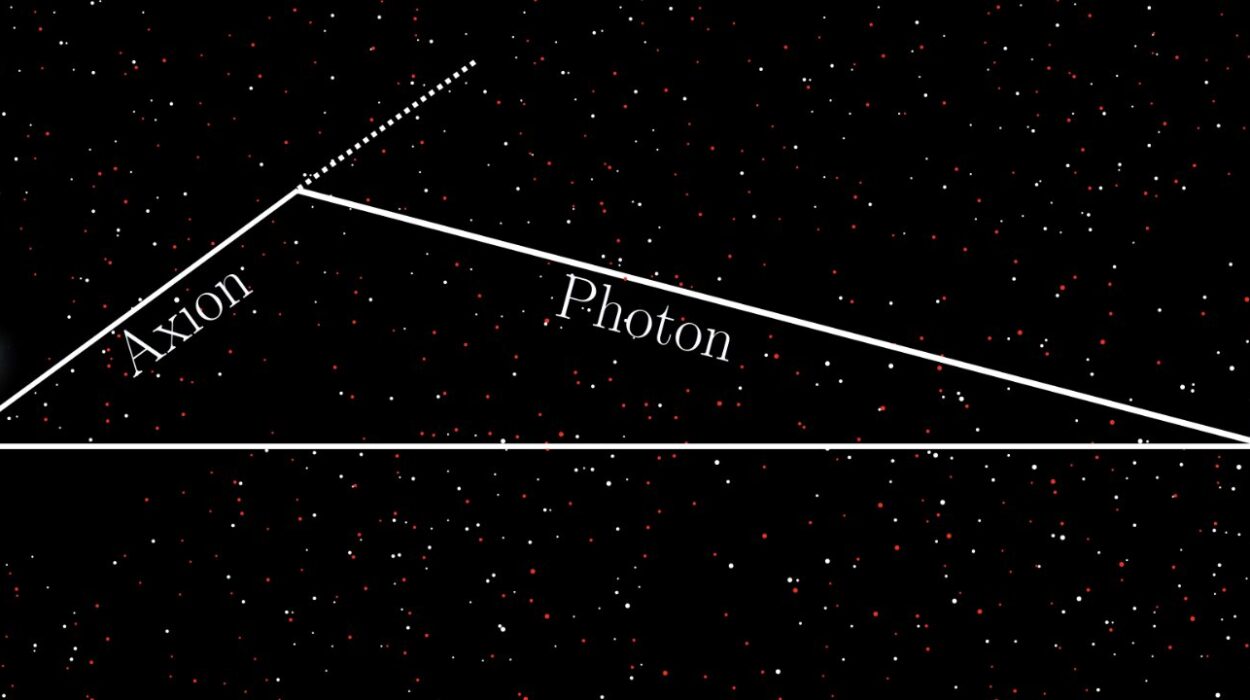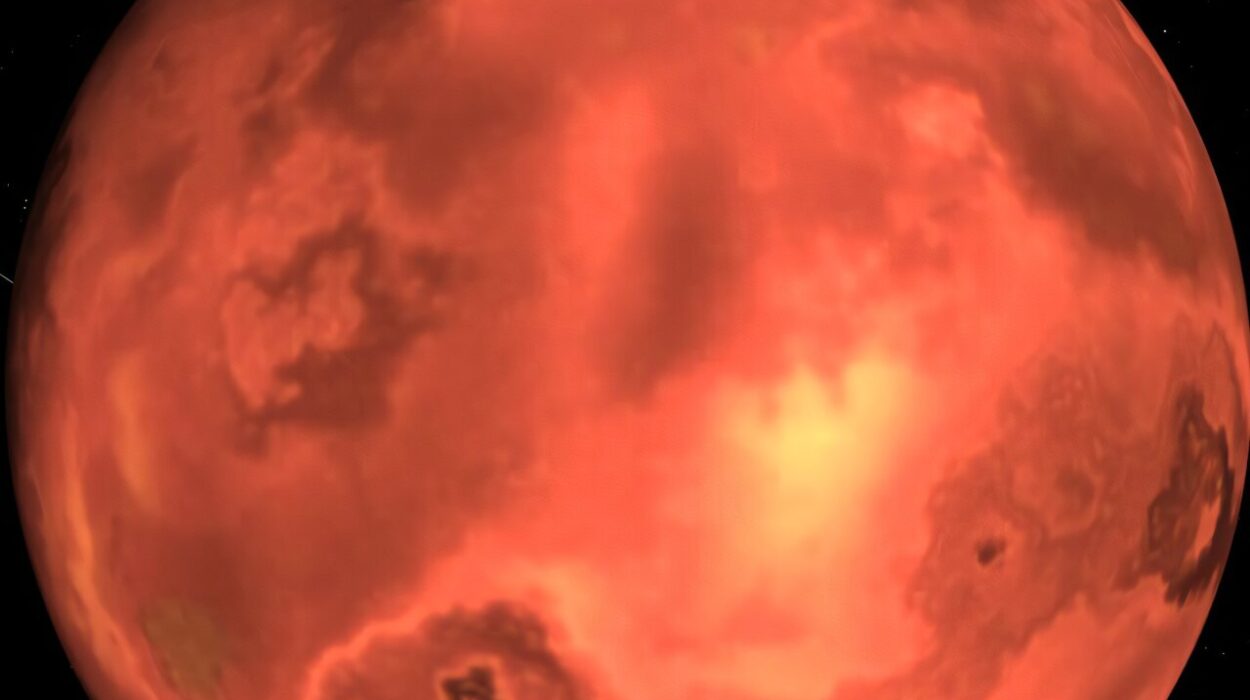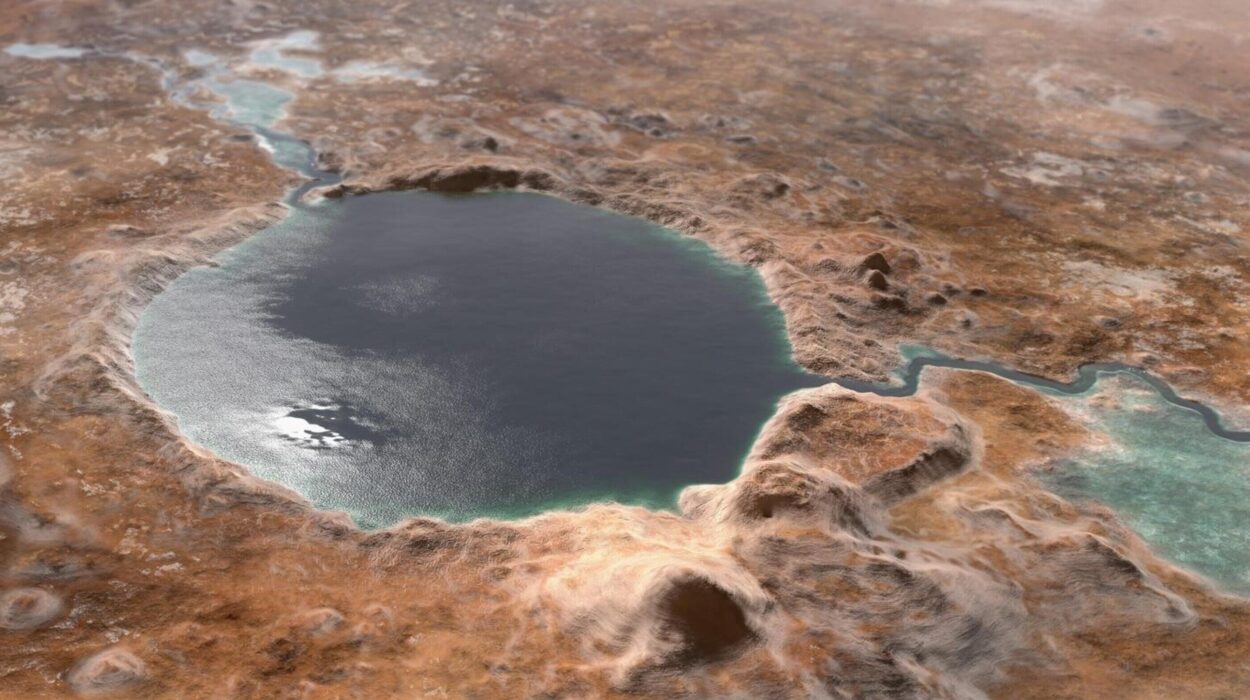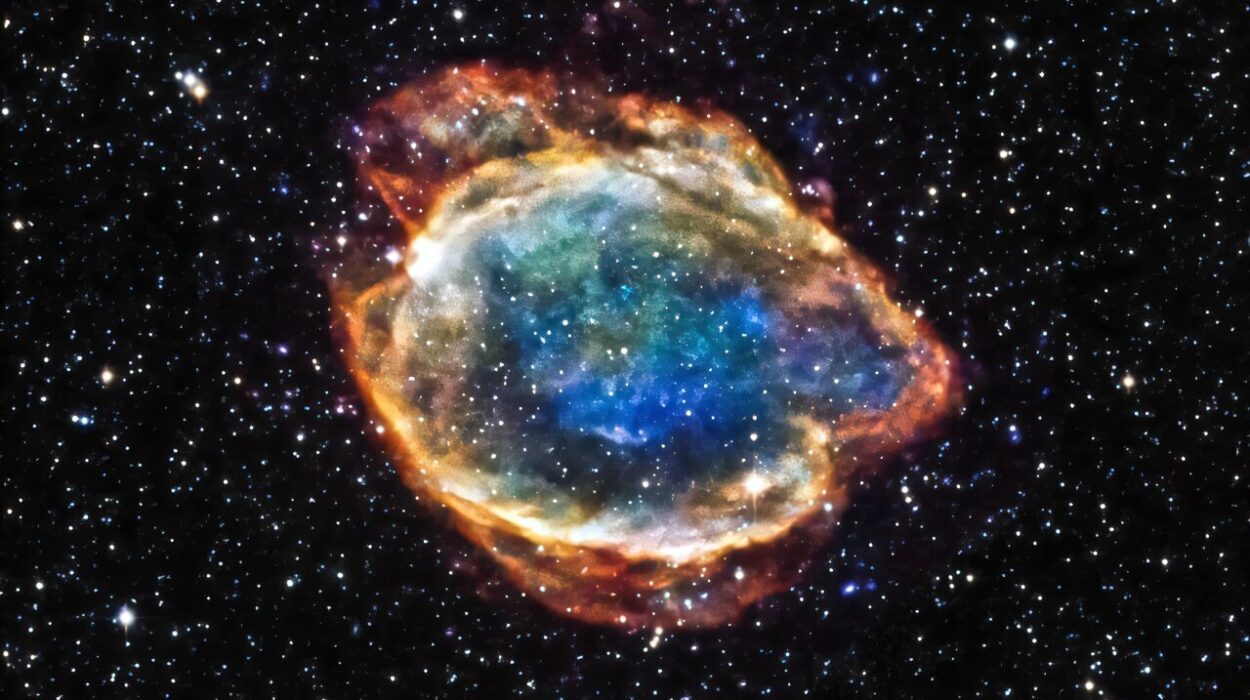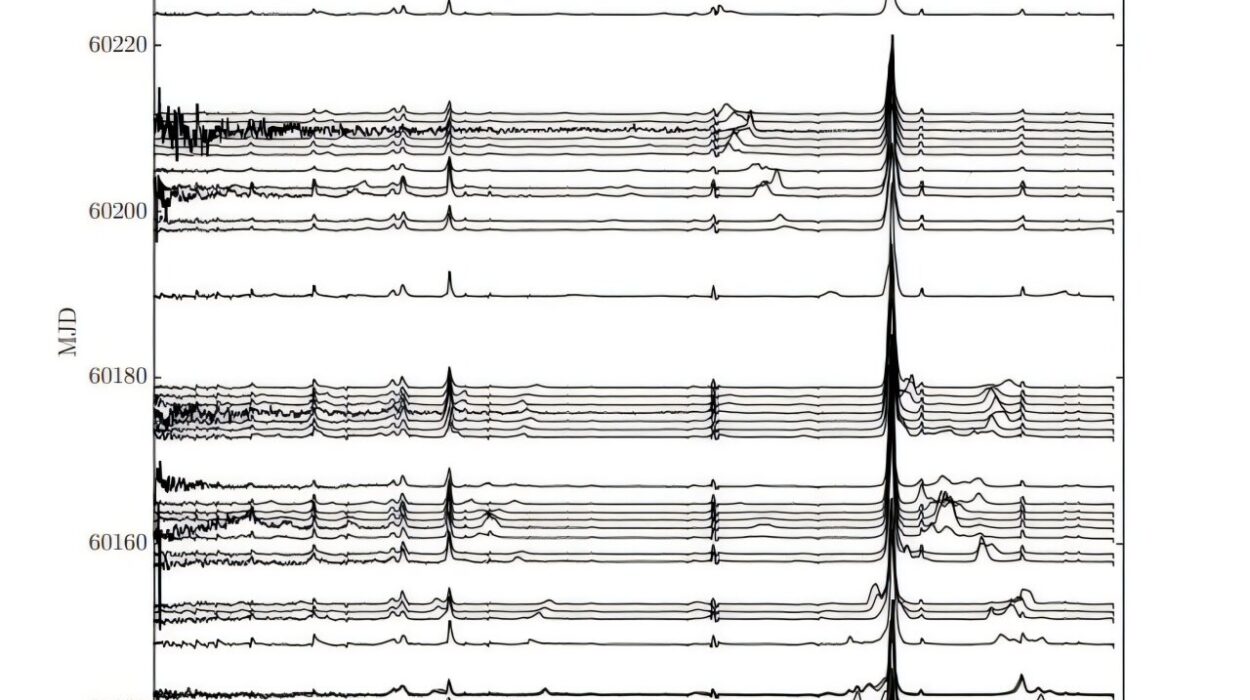For as long as humans have looked up at the night sky, we’ve wondered: Are we alone? Could there be other worlds out there, teeming with life or waiting to be explored? Thanks to modern astronomy and the golden age of exoplanet discovery, we now know our solar system isn’t the only game in town. In fact, the universe seems to be brimming with planets—some eerily familiar, others profoundly alien. Among these, one category has captured the imagination of scientists and dreamers alike: Super-Earths.
These are planets larger than Earth but smaller than the ice giants Uranus and Neptune. They’re the universe’s wildcards—many are rocky, some are ocean worlds, others might be wrapped in dense atmospheres or covered in exotic materials. But the real question is this: Could we live on them? Could these planets offer humanity a second home, an escape hatch from Earth’s finite resources and ever-increasing challenges?
Grab your spacesuit (figuratively, for now)—we’re about to take a journey across light-years to explore these mighty, mysterious worlds. We’ll dive into what makes a Super-Earth, whether they could be habitable, and what life might look like under an alien sun.
What Exactly Is a Super-Earth?
First things first: when astronomers talk about Super-Earths, they’re not necessarily saying these planets are “super” in the sense of being better or more hospitable than Earth. And they’re certainly not suggesting they’re home to superhero civilizations (although it’s fun to imagine). “Super-Earth” simply refers to a planet’s mass and size.
By definition:
- A Super-Earth has a mass greater than Earth’s but less than about 10 times Earth’s mass.
- In terms of radius, they tend to be 1.2 to 2 times bigger than Earth.
This size range puts them in a sweet spot between small rocky planets like Earth, Venus, and Mars, and the larger gas and ice giants like Uranus and Neptune.
But here’s the kicker: Super-Earths don’t exist in our solar system. We have small rocky planets and massive gas giants, but nothing in between. This means these planets are both familiar and exotic—they’re something we’ve never seen up close before.
And they’re everywhere. NASA’s Kepler mission and other planet-hunting telescopes have shown that Super-Earths are among the most common types of planets in the Milky Way. Some orbit within their stars’ habitable zones, where temperatures might allow for liquid water—a key ingredient for life as we know it.
Building a Super-Earth—What Are They Made Of?
If you could walk on a Super-Earth (assuming you found one with a solid surface), what would it be like? Would you feel heavier, like trying to walk with weights strapped to your feet? Would the sky be red, green, or maybe a color we’ve never imagined? Would there be oceans, forests, deserts, or vast ice sheets?
The truth is, Super-Earths come in an astonishing variety, and we’re still figuring out their makeup. But scientists can make some educated guesses based on their masses, sizes, and how they interact with their stars.
Rocky Super-Earths
These are the closest cousins to our own planet. They’re made of silicate rocks and metals, like Earth, but they’re bigger and more massive. A rocky Super-Earth could have a stronger gravity, denser atmosphere, and more intense geological activity. Imagine a planet with towering mountains, fierce volcanic eruptions, or continents in constant motion. Plate tectonics might be supercharged, fueling both the carbon cycle and potentially life.
Water Worlds
Some Super-Earths might be completely covered by oceans, with water layers hundreds of kilometers deep. Picture an endless ocean, with no land in sight. Below the water, there could be layers of exotic ice phases, compressed by extreme pressure, and perhaps even a rocky seafloor that hosts hydrothermal vents—just like the ones teeming with life at Earth’s ocean depths.
Mini Gas Planets
Not all Super-Earths are strictly rocky. Some could have thick, dense atmospheres made mostly of hydrogen and helium. These planets might be more like mini-Neptunes, with crushing atmospheric pressures and little to no surface. For humans, these places are inhospitable—but for robotic probes or hypothetical life forms adapted to such conditions, they could be intriguing.
Carbon Planets
Here’s where things get wild. Some Super-Earths might have formed in regions rich in carbon rather than oxygen. This could lead to exotic geologies, with diamond layers beneath the surface or tar-like oceans of hydrocarbons. Think Blade Runner meets The Diamond as Big as the Ritz.
Super-Sized Gravity—What Would It Feel Like?
Imagine you’ve just landed on a rocky Super-Earth. You take your first step onto alien soil, and… it’s like walking through wet cement. Why? Gravity.
The gravity on a Super-Earth depends on its mass and radius. Generally:
- A planet twice Earth’s radius but 10 times the mass might have surface gravity three to four times stronger than Earth’s.
- Walking, climbing, even standing could be exhausting without serious training (or technological help, like exoskeletons).
But gravity isn’t always a deal-breaker. Some Super-Earths might have just modestly higher gravity, making them challenging but not impossible places to live. And higher gravity has some upsides: thicker atmospheres that protect against radiation, more stable climates, and potentially less dangerous cosmic impacts (since objects have a harder time escaping the planet’s gravitational grip).
How Would It Affect Life?
If life evolved under higher gravity, creatures might be stockier, with shorter, stronger limbs. Birds—or their analogs—might struggle to fly unless the atmosphere were thicker. Trees might grow shorter and sturdier. Evolution would favor compact, efficient forms.
For humans, higher gravity worlds would be tough but survivable—especially if we built habitats tailored to the conditions or used technology to compensate.
Atmospheres—Breathable or Deadly?
Next up: the air. Could you breathe on a Super-Earth? That depends on the atmosphere’s composition and pressure.
Thicker Atmospheres
Super-Earths often have stronger gravity, which helps them hold on to thick atmospheres. That can be good news—it might keep the planet warm enough for liquid water and shield it from radiation. But it can also be bad news if the atmosphere is too dense or made of unbreathable gases like carbon dioxide or methane.
Imagine stepping out onto a Super-Earth with a dense atmosphere:
- The sky could be darker (light scatters differently).
- The air pressure might be like standing at the bottom of Earth’s ocean.
- Breathing might be impossible without equipment.
Greenhouse Effect Gone Wild
Too much atmosphere could trigger a runaway greenhouse effect, like Venus. Surface temperatures might soar, boiling oceans away and leaving a scorched, hellish landscape. Not a great vacation spot.
Goldilocks Zones
But if everything’s just right—an atmosphere thick enough for warmth and radiation protection, with a breathable mix of nitrogen and oxygen—you could, in theory, live there. Some Super-Earths in their stars’ habitable zones might be just such worlds, offering Earth-like conditions or something close to it.
The Search for Habitable Super-Earths
Astronomers have already found hundreds of Super-Earths, but only a handful are potentially habitable—and even that’s speculative.
Famous Super-Earth Candidates
- Kepler-22b: One of the first Super-Earths found in a habitable zone. It’s about 2.4 times Earth’s size. We’re not sure if it’s rocky or gassy, but it’s a top candidate for follow-up study.
- Gliese 667Cc: Orbiting a red dwarf 23 light-years away, this Super-Earth sits in the habitable zone. It’s more massive than Earth, and its parent star is cooler, which might offer more stable conditions for life.
- Proxima Centauri b: Just 4.2 light-years away, this rocky planet orbits within its star’s habitable zone. But Proxima Centauri is a flare star—frequent radiation blasts might make life tough without a thick atmosphere or magnetic field.
TESS, JWST, and Beyond
NASA’s TESS mission and the James Webb Space Telescope (JWST) are game changers in the hunt for habitable Super-Earths. They’re helping us:
- Detect smaller exoplanets.
- Analyze atmospheres for water vapor, oxygen, methane, and other biosignatures—clues that life might be present.
In the next few decades, we might find a true Earth 2.0—or something even stranger.
Life on a Super-Earth—What Would It Be Like?
If life evolved on a Super-Earth, what would it look like? Would we find something familiar or entirely alien?
Adaptations to High Gravity
- Life might be squat and muscular to resist gravitational pull.
- Flying creatures could evolve in thicker atmospheres, where buoyancy helps offset gravity.
- Trees might be short and dense, their structures adapted to resist collapse.
Ocean Worlds
In water-covered Super-Earths, life might flourish in oceans. Deep, dark seas could be home to creatures like Earth’s deep-sea vent communities—reliant on chemistry rather than sunlight.
Carbon-Based or Not?
We always assume carbon-based life, but different chemical environments could create silicon-based life or something entirely unknown.
Would we recognize life on a Super-Earth? Maybe not at first. But life tends to adapt to its environment in surprising ways. If there’s energy and liquid water (or another solvent), life might find a way.
Could Humans Ever Settle on a Super-Earth?
Colonizing a Super-Earth wouldn’t be easy. But in theory, yes, we could live there—if the conditions are right, or if we have the technology to adapt.
Challenges
- Gravity: Stronger gravity would make life physically demanding. Long-term exposure might harm human health.
- Atmosphere: We might need to live in sealed habitats if the air isn’t breathable.
- Radiation: Red dwarfs (many Super-Earth hosts) often have violent flares, so we’d need protection.
Solutions
- Terraforming: In the distant future, humanity might alter Super-Earth environments to make them more hospitable.
- Genetic Engineering: Humans could be engineered to thrive under different gravity or atmospheric conditions.
- Robotic Colonies: AI and robots could prepare Super-Earths for future human arrivals.
If we ever develop faster-than-light travel or long-term generation ships, the first stops might be these abundant, nearby Super-Earths.
The Philosophical Side—What Would It Mean to Find Life on a Super-Earth?
Finding life—or a place for humanity to thrive—on a Super-Earth would be one of the most profound discoveries in human history. It would raise huge questions:
- Are we alone?
- Is life common in the universe?
- What does it mean to be human in a cosmos full of life?
Colonizing a Super-Earth might ensure humanity’s survival. But it would also force us to confront our responsibilities—both to our new world and to Earth itself. Would we repeat old mistakes, or create something better?
Conclusion: A Universe Full of Possibilities
Super-Earths are the cosmic middle ground—bigger than Earth, smaller than Neptune, and full of potential. They could be cradles for life, stepping stones for interstellar exploration, or just one more mystery in a universe full of them.
As our technology improves, we’re getting closer to answers. Maybe someday, a spaceship carrying human explorers will descend through the clouds of a distant Super-Earth, touching down on a new world where life—our own, or another’s—finds a home under alien skies.
Until then, we keep looking. And dreaming.
